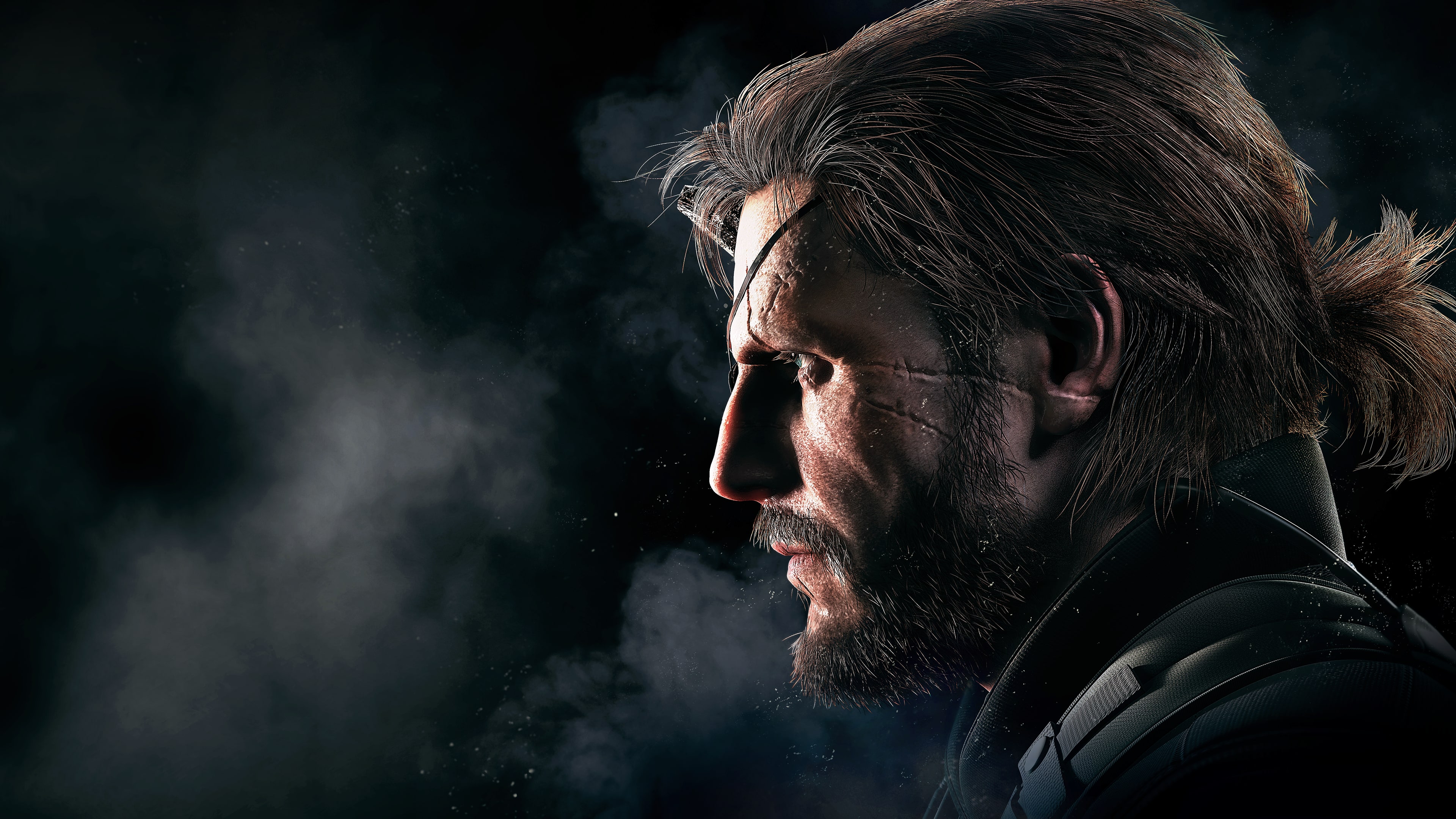
10 Years Later, Hideo Kojima’s Unfinished Masterpiece Is Still Influencing Today’s Games
10 Years Later, Hideo Kojima’s Unfinished Masterpiece Is Still Influencing Today’s Games

“I will always be with you.”
That line — meant to echo in the player’s mind — has come to define how many still feel about Metal Gear Solid V: The Phantom Pain. Released on September 1, 2015, Hideo Kojima’s ambitious project remains both a landmark and an enigma in gaming history. What was supposed to be the crowning achievement of the Metal Gear saga instead became one of the most fascinating case studies in modern game development.
A Game That Shipped Without an Ending
Expectations were sky-high. Fans were eager for the next chapter of the legendary stealth series. Instead, what they got was something breathtaking yet incomplete: a game that redefined open-world stealth but left players with lingering questions. Behind the scenes, Kojima’s infamous fallout with Konami meant the game shipped without its intended ending. What should have been a full stop became an ellipsis. Players felt the absence like a missing limb — a phantom pain that fit the game’s theme almost too perfectly.
Commercial Success vs. Creative Fracture
By most metrics, on paper, Metal Gear Solid V was a success. By 2015, it had already shipped 6 million copies — making it the best-selling entry in the series. Even at launch, it pulled in about $179 million globally — numbers rivaling a Hollywood blockbuster. Still, those impressive stats didn’t tell the whole story. Unlike previous entries that built toward a climactic narrative, this final game felt fragmentary. It’s often been likened to the eighth season of Game of Thrones — hard to land a satisfying ending when the creator isn’t allowed to finish it.
Sandbox Systems and Player-Driven Chaos
Kojima, who practically invented stealth-action gaming, leaned into player choice. MGSV was less about scripted story beats and more about systems interacting in unpredictable ways. Mess up a stealth takedown and you might trigger a chopper swarm, a sandstorm, or an oblivious guard suddenly standing in your path. That chaotic, emergent gameplay felt fresh — and yes, occasionally hilarious.
The brilliance was in how the game encouraged experimentation. Should you infiltrate quietly at night, with a tranquilizer pistol and a cardboard box, or storm in with heavy artillery? Every mission felt like a puzzle with dozens of possible solutions, and the systems were robust enough to make each approach viable.
Shaping the Future of Open Worlds
While MGSV hasn’t always been cited directly as inspiration, its fingerprints are everywhere. The way it blurred the line between stealth and action, the way it trusted players to define their own pace, and the way it embraced unpredictability helped set the stage for the modern open-world boom.
The Phantom Legacy in 2025
Even now — in 2025 — Konami has released a remake of MGS3, proof the franchise hasn’t faded. Though Kojima has expressed regrets about not owning the rights to his creation, the legacy remains. In Death Stranding 2, you can still spot echoes of Metal Gear in stealth-mission structure and world exploration. The DNA of MGSV is everywhere.
A Crystal Ball on Open-World Design
Ten years on, The Phantom Pain stands as a flawed masterpiece. Maybe it didn’t meet the grand vision fans expected — but in its incompleteness, it gleams. It was a crystal ball into the direction open-world games would head: reactive, emergent, immersive. It shaped how developers think about systems over spectacle, player agency over handholding.
Metal Gear Solid V: The Phantom Pain isn’t just “the unfinished one.” It’s proof that even a game missing its final chord can resonate for a decade — if it dares to break form and let players write their own stories. Its legacy is not the missing ending, but the countless beginnings it sparked across the industry.
— Krishnamohan Yagneswaran